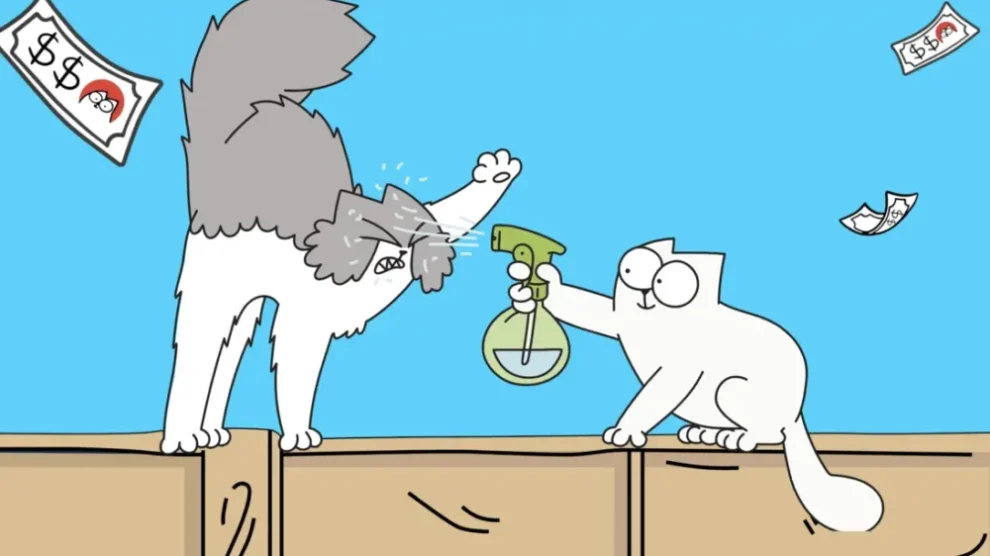Meme coins exhibit distinct performance characteristics when Layer 2 networks experience congestion, often displaying exaggerated price movements and altered trading patterns. Network bottlenecks create delayed transaction processing that can amplify volatility as traders struggle to execute orders during critical market moments. These congestion periods frequently coincide with major market events where memecoin presale launches compete for network resources alongside established token trading activity.
Price volatility patterns
Network congestion creates artificial scarcity in transaction processing that directly impacts meme coin price stability. When traders cannot execute orders promptly, small price movements escalate into larger swings as pending transactions accumulate in network queues. This delayed execution environment tends to favour meme coins with smaller market capitalisations, which can experience 15-25% price changes during congestion periods that typically result in 3-5% movements under normal conditions. A lack of quick responses to market changes produces momentum-driven price movement that is self-reinforcing. Traders who successfully execute early transactions during congestion often capture outsized gains, while those delayed by network issues face deteriorated entry and exit points. This dynamic particularly affects meme coins because their communities usually coordinate trading activities that require simultaneous network access.
Network delay impacts
Transaction confirmation delays during Layer 2 congestion create cascading effects throughout meme coin markets. These delays manifest in several ways:
- Standard confirmation times extend from 1-3 minutes to 15-30 minutes during severe congestion
- High-frequency traders abandon their positions due to execution uncertainty
- Swing traders lose the ability to adjust holdings in response to market developments
- Information asymmetries emerge where some traders receive confirmations while others wait
- Community coordination becomes fragmented as collective market responses fail
These timing disparities prove particularly damaging to meme coin markets, which often rely on rapid sentiment shifts and social media coordination. Communities lose their ability to react collectively to news or market events, leading to disconnected trading responses that undermine typical meme coin market dynamics.
Arbitrage opportunity changes
Layer 2 congestion disrupts standard arbitrage mechanisms that maintain price consistency across different trading venues. When arbitrageurs cannot execute trades efficiently, exchange price discrepancies persist for hours rather than minutes. These extended arbitrage windows create unique opportunities for patient traders and increase market inefficiency. Cross-chain arbitrage becomes particularly challenging when Layer 2 networks experience congestion while their Layer 1 counterparts operate normally. This creates temporary price isolations where meme coins trade at different values on different networks, sometimes with spreads exceeding 10-15%. Sophisticated traders who maintain positions across multiple networks can capitalize on these opportunities.
Recovery time analysis
Meme coin markets typically require 2-6 hours to normalize after Layer 2 congestion subsides, depending on the severity and duration of network issues. The recovery process follows predictable patterns:
- Trading volumes surge as previously delayed transactions are processed simultaneously
- Temporary liquidity imbalances create additional price volatility
- Community coordination gradually restores as network reliability returns
- Active social media communities recover faster than less engaged projects
- Some meme coins experience prolonged reduced activity following major congestion events
Depending on community engagement levels, recovery speed varies considerably between meme coins. Tokens with strong social media presence and active participant coordination typically bounce back within 2-3 hours, while projects with smaller or less organised communities may require 4-6 hours to return to standard trading patterns.



